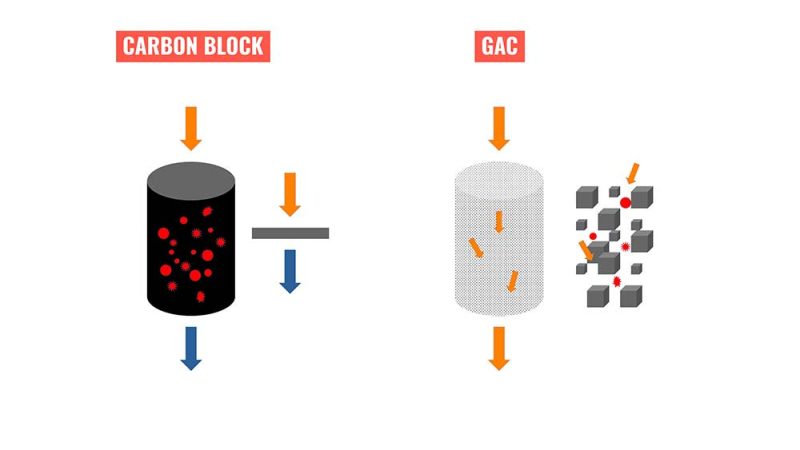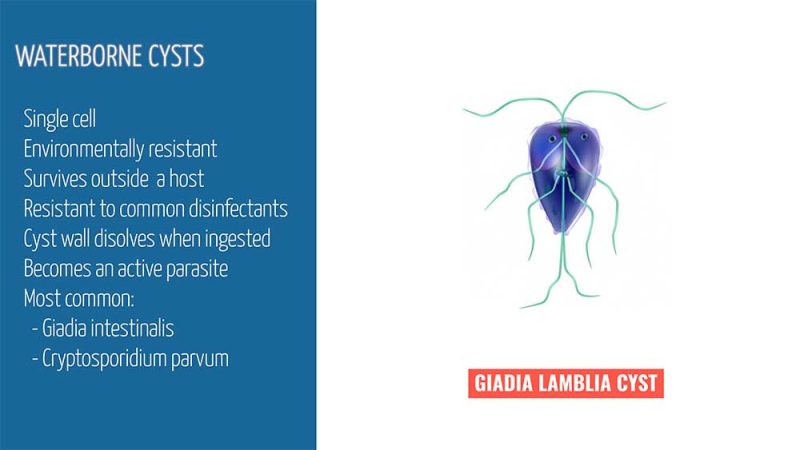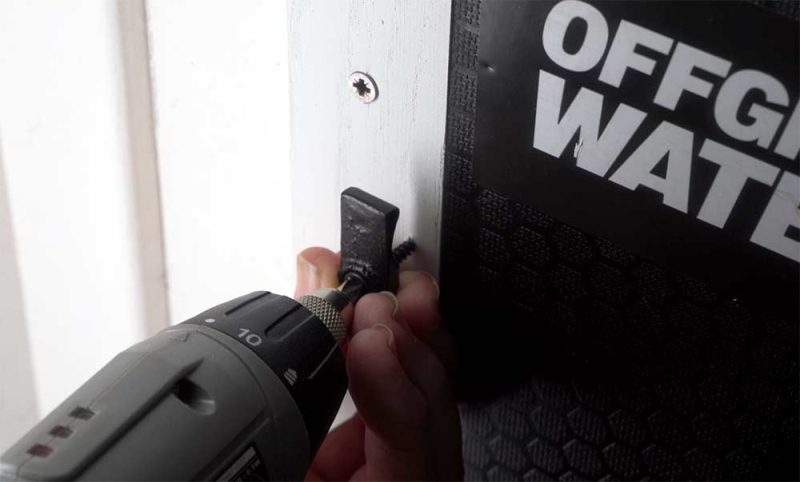Embarking on Our Water Filtration Journey
In the first of a two-part series, we embarked on the installation of a comprehensive OffGridWater water filtration system aboard our wide-beam canal boat. We decided to break the project into two videos due to the extensive nature of the installation. This initial episode focuses on the first and most significant phase of the three-phase system, where we cover the science behind the filtration process, the careful considerations for its placement on the boat, and the installation itself. For reference, we also published a comprehensive guide to water filtration via a four filter system, which contains quite a bit of helpful info.
The Science of Clean Water: Sediment Filtration
The first phase of our system is designed to purify canal water before it enters the boat’s main tanks, ensuring the water used for washing and other non-potable purposes is clean. This stage involves a series of six distinct filters, each playing a crucial role in removing impurities. The process begins with three sediment filters, starting with a 20-micron filter, followed by a 10-micron, and finally a 5-micron filter. These are designed to physically remove progressively smaller particles and “bits” from the water.

Tackling Chemicals with Carbon Block Filters
Following the sediment filters, the water passes through two carbon block filters. These are essential for tackling chemical contaminants. The solid carbon block offers a superior surface area for adhesion compared to more common granular carbon filters, allowing it to effectively remove unpleasant tastes and odours. It also filters out pesticides, herbicides, industrial chemicals known as Volatile Organic Compounds (VOCs), and disinfectants like chlorine and chloramine that may be present in the water from agricultural runoff or other sources.

Removing Microscopic Nasties
The sixth and final filter in this initial stage is a one-micron filter. Its primary purpose is to remove microscopic, single-celled organisms called cysts. These protozoans, such as Giardia lamblia, are environmentally resistant, can survive outside a host, and are known to cause intestinal illnesses if ingested. Removing them at this point is a critical step in making the water microbiologically safe for general use.

The Final Step: UV Purification
After passing through all six filters, the water undergoes a final, crucial purification step: UV treatment. For the UV light to be effective, the water must be as clear as possible, which is why the preceding filtration stages are so important. The UV light penetrates any remaining active bacteria, viruses, and protozoans, scrambling their DNA and rendering them inactive and harmless. This process eliminates up to 99.9% of these living organisms, including E. coli.
Keeping the Tank Clean: Choosing a Disinfectant
Once the water is filtered and treated, a decision must be made about adding a disinfectant to the storage tank to keep it clean. While chlorine is a powerful and long-lasting option, it can produce disinfection by-products (DBPs), leave a taste, and irritate the skin. An alternative is hydrogen peroxide, which breaks down harmlessly and is excellent for oxidising organic matter and tackling algae or biofilm in the tank. We opted for hydrogen peroxide, as it is a safer choice for both ourselves and for the canal environment when the water is eventually discharged.


Finding the Perfect Spot for Installation
Finding the right location for the filtration unit presented a significant challenge. Our initial idea of placing it on the exterior of the boat was dismissed due to the risk of freezing during the cold Yorkshire winters, which could damage the entire system. An internal location in the bathroom was considered, but this presented complex plumbing and power supply issues. The final, ideal location was found in the main cabin, where the unit could be neatly and securely mounted, with easy access to power and a short, direct route for the hoses to run from the canal and into the boat’s water tank.
Conclusion
This first phase of the installation lays the essential groundwork for having a safe and reliable off-grid water supply on our boat. By carefully filtering and treating the canal water before it even enters our tanks, we have created a system that provides microbiologically safe water for all our daily washing needs. With the main unit now securely in place, we are ready to move on to the next stages, which will involve comprehensive water testing and installing the final filters to make our water fully potable.
If you like our content and would like to support us, we will give you ad-free access to our videos before they go live to the public, discounts in our shop, access to Jamie’s iconic full-res photographs, and supporter-only blog posts. Click our ugly mugs for more info!


